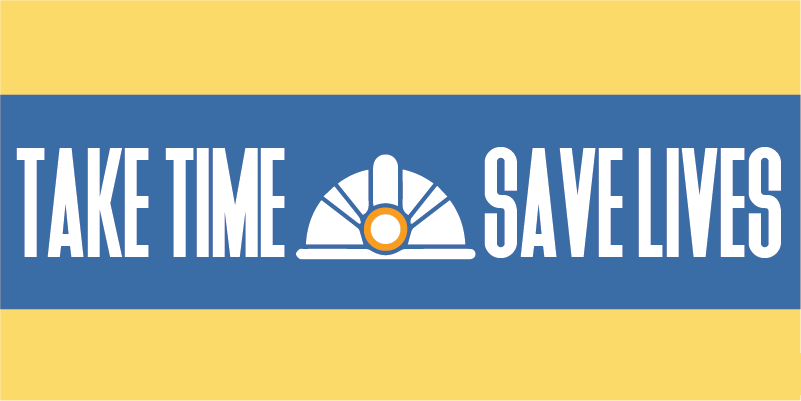
The top priority at MSHA is keeping miners safe. This year we have seen thirty fatalities, many of which could have been prevented with proper training and attention to tasks. It is up to mine operators to ensure that miners are fully trained and able to take time to follow best safety practices that can prevent deadly accidents.
To assist mine operators, MSHA has resources available to help train even seasoned miners. At the links below, you will find:
- Safety information for powered haulage
- Pillar initiative with guidance on preventing roof and rib falls
- Fire suppression prevention guidance
- Fatality updates
And we will continue to add more resources. If there is something you need that is not available, please let us know using the link on the safety page. We hope you’ll help us get the word out to Take Time, Save Lives, and make sure every miner comes home safe at the end of each shift.
Surface mining vehicles can be several stories tall and are capable of destroying smaller vehicles that cannot be seen by the operator. Traffic controls, training, and avoiding distractions are key to enhancing safety. Collision warning and avoidance systems can also help.
MSHA engineers estimate that three to four miners' lives could be saved each year if adequate seat belts were provided and worn. Warning systems such as chimes can remind drivers to buckle up, while interlock systems can prevent the vehicle from moving if the belt is unbuckled.
Belt conveyors and their components pose serious risks to miners working on or around them. It's important to install adequate guarding to prevent contact, provide and use crossovers and cross unders, and lock out energy sources and block motion whenever performing maintenance.
MSHA has resources available to raise awareness and avoid these accidents at underground mines, particularly limestone mines, that can result in areas where benching has occurred. Please use resources at this link, including upcoming seminars, papers, presentations and videos, to help you avoid the dangers of pillar collapses.
Adequate task training must be performed so equipment operators and mechanics will be able to maintain equipment, respond correctly to alarms, use fire suppression systems properly, and safely dismount equipment in an emergency. Mine operators should provide refresher training as needed.
Caution must be used when working with or around all electrical sources, including lines outside the mine. Check all surroundings and power sources when working in or around a mine site.
